
Tech & Sci
22:43, 06-Aug-2018
Government encourages locals to plant trees in Kubuqi Desert
Updated
21:57, 09-Aug-2018
By Hu Chao, Wu Jinjing, Su Runa
02:58
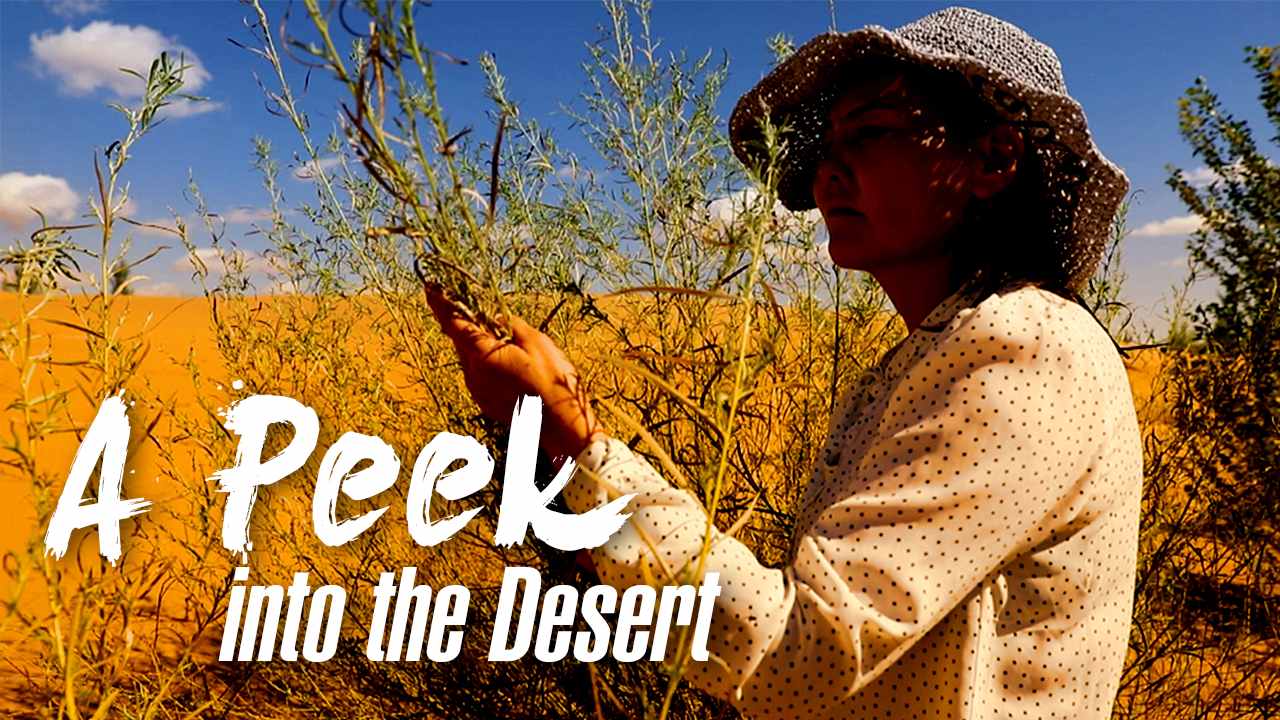
Since childhood, 42-year-old Ao Te Geng Hua has hated living in the Kubuqi Desert, located in north China’s Inner Mongolia Autonomous Region. In the past, sandstorms frequently swept across her house, leaving the doorway blocked by sand dunes.
“In fact I hated it. I wondered ‘why I was born in this desert without any roads?’ I even couldn’t sell my mutton,” recalled Ao Te Geng Hua
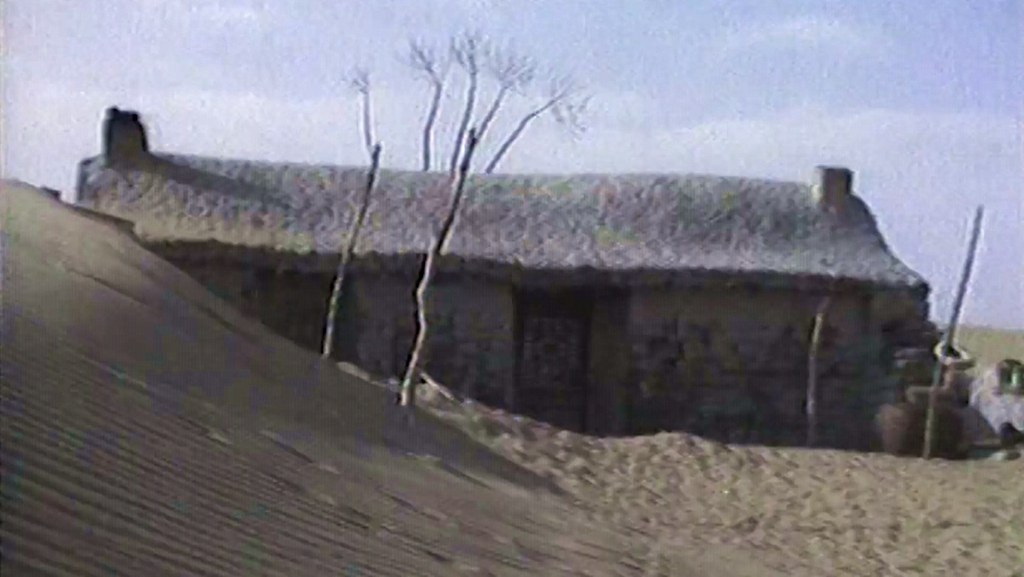
In the past, sand dunes often blocked the doors of many nomads living in the desert. /CGTN Photo
In the past, sand dunes often blocked the doors of many nomads living in the desert. /CGTN Photo
But now she loves her hometown. After decades of fighting the sand, the Kubuqi Desert is the greenest it’s been in generations. And it has catapulted her into a whole new livelihood.
In the past, her family relied on grazing livestock and farming, making less than 10,000 yuan a year.
The first sign of change occurred a decade ago, right before she took on a simple job of planting trees, which she at first thought was ridiculous, “I thought planting trees in the desert was impossible. I laughed out loud when I heard the idea and I said it was mission impossible.”
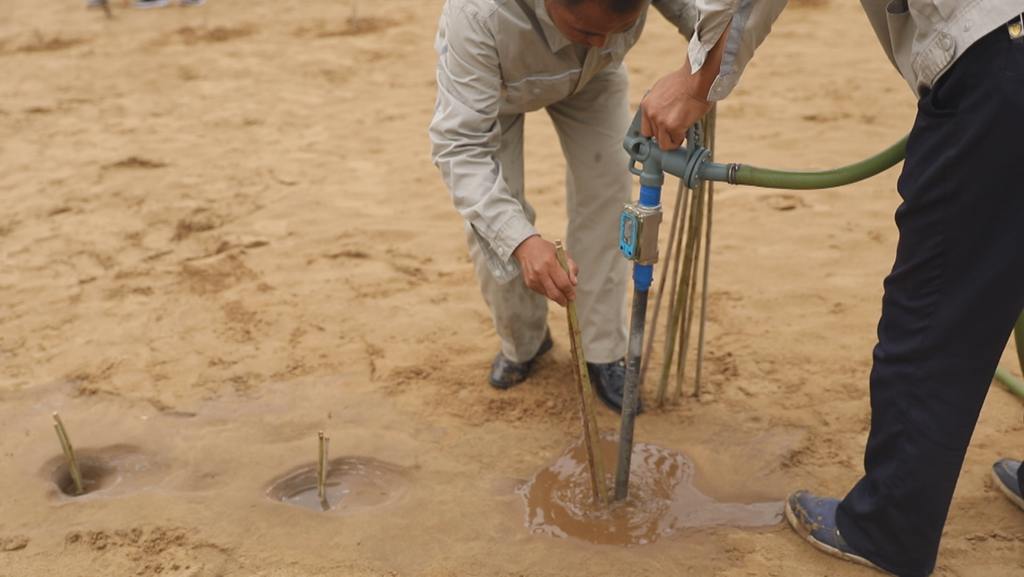
An efficient way to plant trees in the desert – drilling a deep hole into the desert while pumping water into it, ensures high survival rate of the planted trees. /CGTN Photo
An efficient way to plant trees in the desert – drilling a deep hole into the desert while pumping water into it, ensures high survival rate of the planted trees. /CGTN Photo
But she never expected that with advanced technology, the survival rate of desert-planted trees is as high as 95 percent. The job brought her much more money, especially with the government subsidizing tree planting.
Soon she expanded the planting area and hired some workers. Now she makes about 200,000 yuan (about 29,000 US dollars) a year, 20 times the amount she used to make.
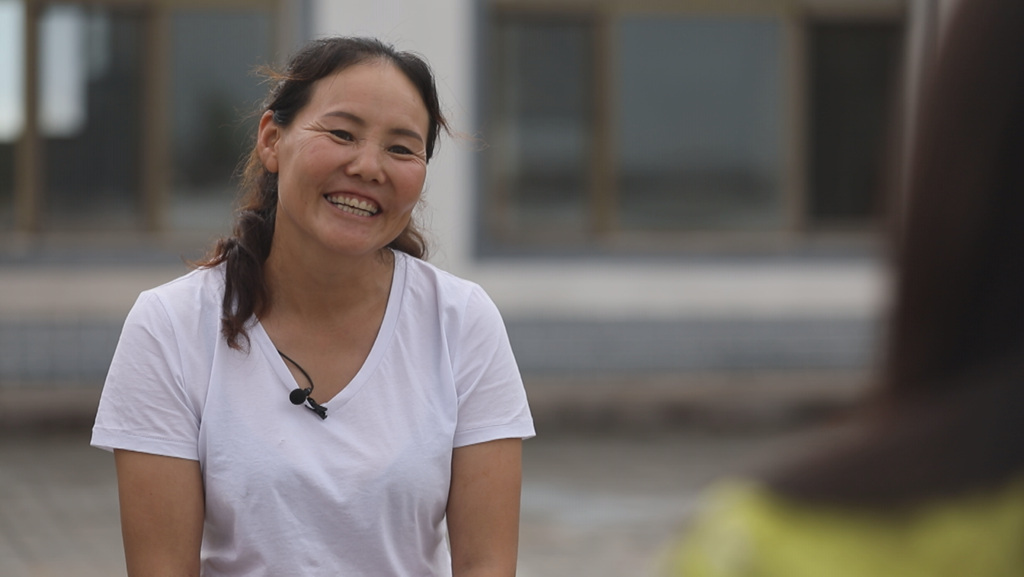
Greening the desert has brought her a new life. /CGTN Photo
Greening the desert has brought her a new life. /CGTN Photo
Ao Te Geng Hua was one of many villagers who was called on by the local government to plant trees – a way to shake off poverty.
Since the 1990s, the local government has encouraged companies to develop ecological industries. Its favorable policies have prompted many to invest in green businesses.
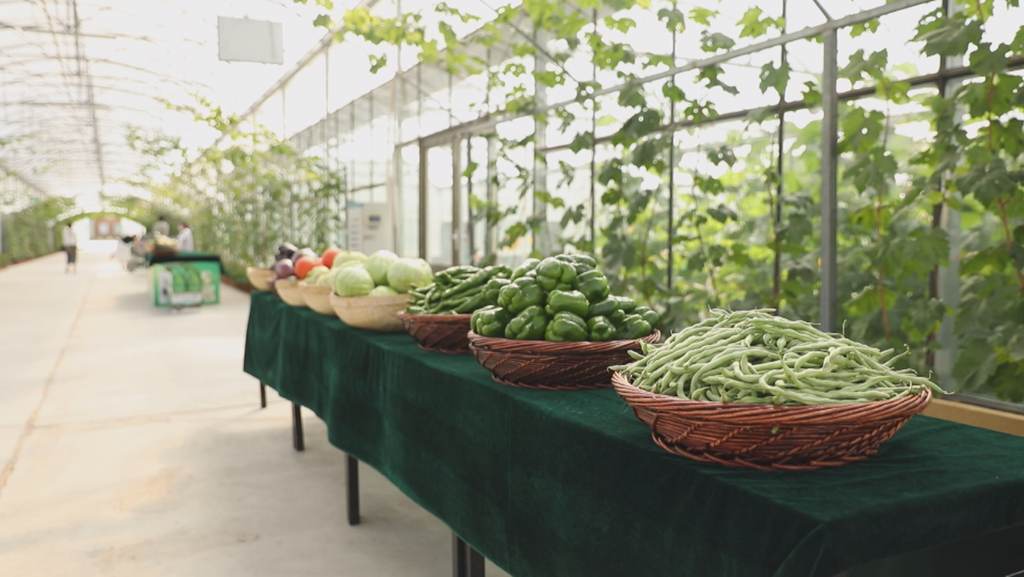
Greenhouses for vegetables have been built in the Kubuqi Desert. /CGTN Photo
Greenhouses for vegetables have been built in the Kubuqi Desert. /CGTN Photo
The method has greatly relieved the pressure of investment from the government and also helped to create an active market for green business. And the local party committees and governments also played a leading role in ensuring the country’s policies and investments will be well implemented.
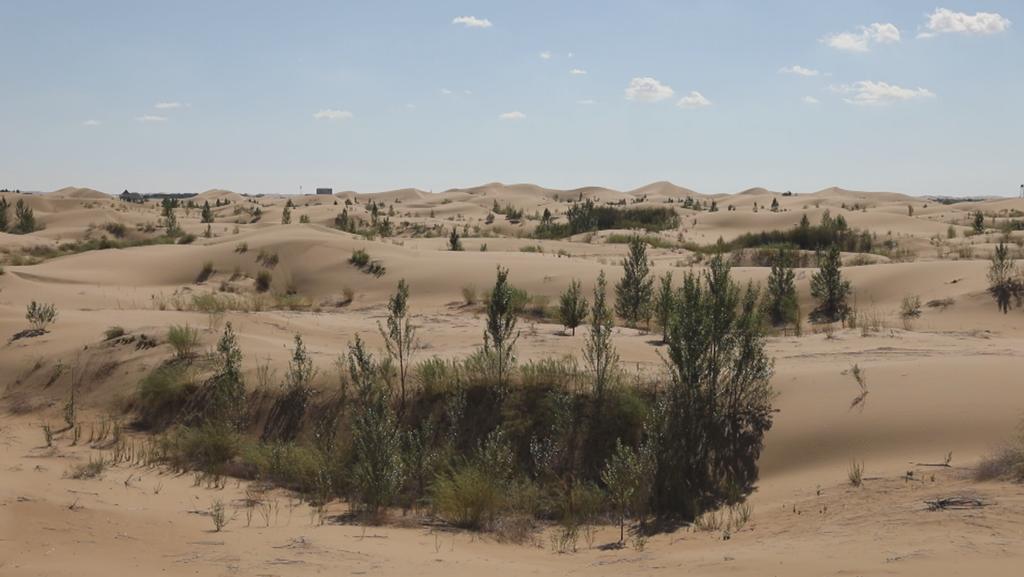
Trees that Ao Te Geng Hua once planted in the Kubuqi Desert have become a good harness for desertification. /CGTN Photo
Trees that Ao Te Geng Hua once planted in the Kubuqi Desert have become a good harness for desertification. /CGTN Photo
Ao Te Geng Hua now lives in a completely renovated house, with no sand dunes blocking her door anymore, but roads that lead to the city. She’s determined to continue to plant trees, “Greening the desert has become my career. I’ll never give it up... at least not as long as I’m working.”
604km

SITEMAP
Copyright © 2018 CGTN. Beijing ICP prepared NO.16065310-3
Copyright © 2018 CGTN. Beijing ICP prepared NO.16065310-3